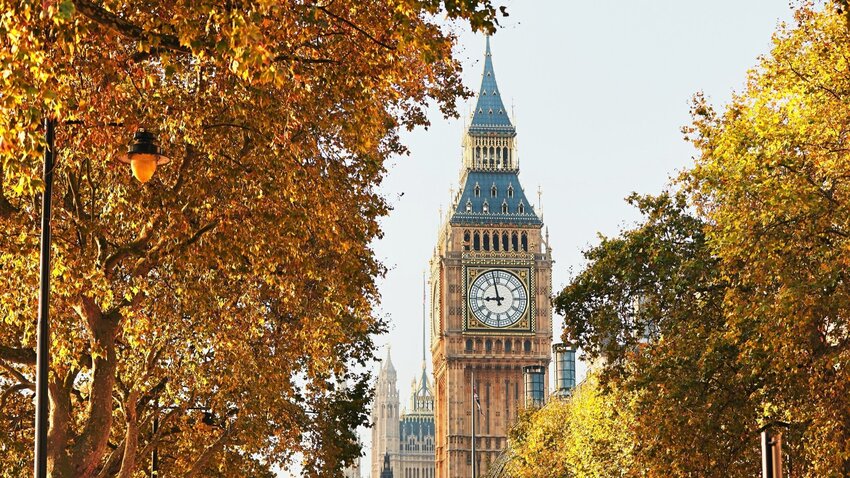Summer often departs the U.K. in haste. As the calendar flips over to September and children head back to school, the temperature drops, the wind gathers strength, and the nights draw in. The season we Brits call autumn gets its name from the Latin autumnus. Bored with that, British writers began to use the term “fall of the leaf” instead.
In the 17th century, settlers emigrating to America took the expression with them, eventually abbreviating it to "fall." As fall fell out of fashion on our side of the Atlantic, Brits reverted to calling it autumn, and thus, the disparity began. But how do Brits fill their days this time of year? While the U.K. has adopted an American-style Halloween, there are still plenty of uniquely British traditions to distract us as the leaves turn.
Blackberry Picking
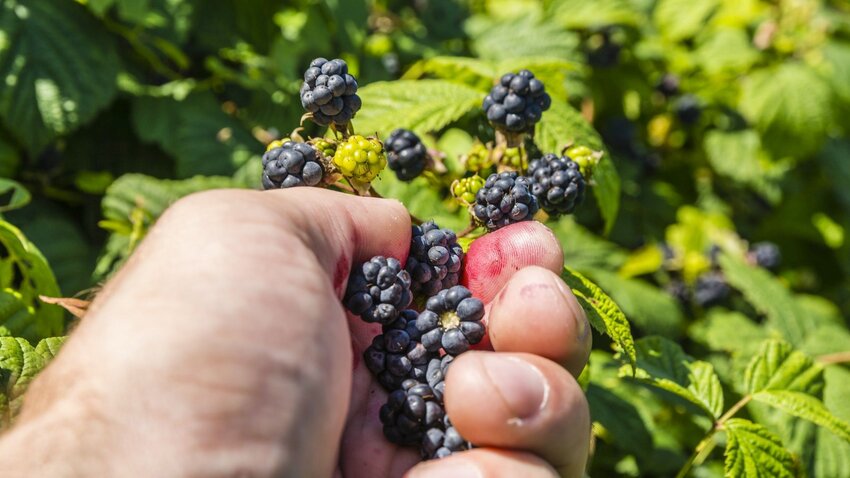
Brambles are the bane of a country gardener’s life. They poke through fences and entwine their thorny tendrils with prized shrubs. But though we may prune, we can never quite bring ourselves to rid our flowerbeds of them entirely, as in autumn they bear delicious fruit. While in many parts of the US, blackberries are harvested much earlier, over here it’s rare to find them sweet enough to eat until September. Travel along country footpaths and you’ll see people carrying Tupperware boxes or empty ice cream tubs as they surreptitiously rob hedgerows of their crop. It’s not actually illegal, as long as you don’t do so on private land, and don’t try to sell what you’ve collected.
Bonkers About Conkers
Conkers is a fun game played using the seeds of horse chestnut trees. Threaded onto string, the goal is to strike your opponent’s conker with sufficient force to break it. Various tactics are used to harden the conker, including roasting them in the oven, soaking them in vinegar or painting them with clear varnish. With each successive victory, the conker is rebranded – as a one-er, two-er and so on.
From its inception in 1850s England, conker fighting has primarily been a children’s game. Since 1965, however, the village of Ashton, Northamptonshire has hosted an annual conker championship, which draws participants from all over the world. The game is thought to have spread to New York in the 1940s, cropping up in Flatbush, Brooklyn. In 2012, things got a little more serious: the first North American conker championship took place in Canada.
Apple Bobbing – A Shared Tradition
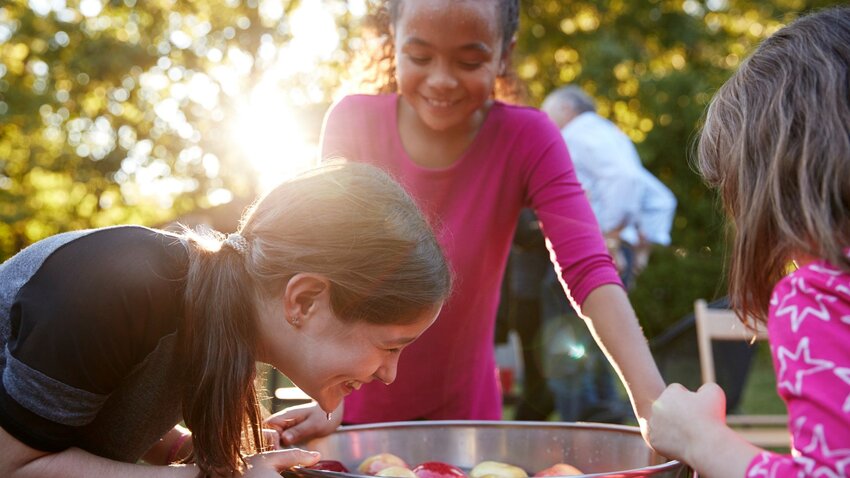
Apple bobbing is a fun pastime on both sides of the Atlantic, but the tradition goes back a lot further than you might think. During the Gaelic festival of Samhain, apples were used to divine the future; as well as bobbing for the fruit, its peel was thrown over the shoulder to determine the first letter of a future spouse’s name. From around the 14th century, the game of Snap-Apple was played in Britain. Apples were spun horizontally on a piece of wood, with a lit candle on the opposite end. As with apple bobbing, the idea was to grab a bite of the fruit without using your hands, though clearly it was a lot more dangerous if you missed compared to simply getting a faceful of cold water.
Punkie Night
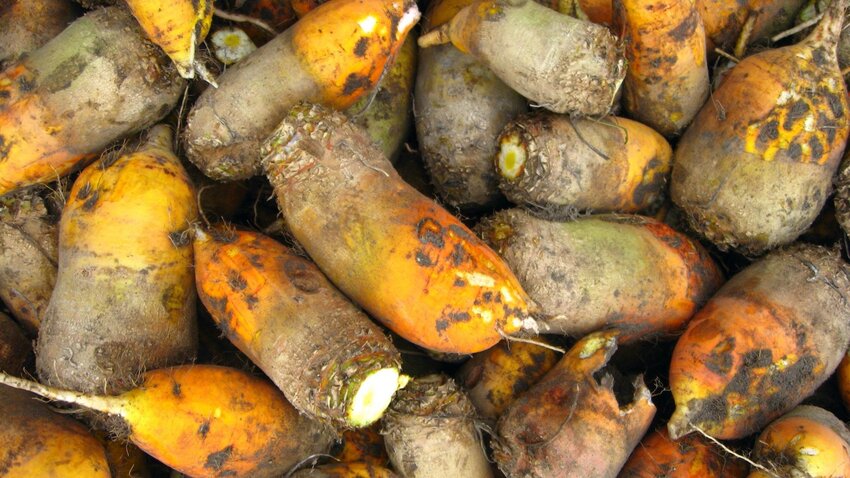
Celebrating Halloween in a similar way to the US has become increasingly popular in the UK – what child doesn’t love trick or treating? But in Somerset in the southwest of England, they opt for a similar custom called Punkie Night. Its origin is undocumented, but locals from the village of Hinton St. George trace it back to a story about their menfolk once getting drunk at nearby Chiselborough Fair. Their wives carved lanterns out of mangel-wurzels (a type of beet) and came to fetch them. These days it’s the kids carrying the lanterns, knocking on doors and singing: "Give me a candle, give me light. If you haven't a candle, a penny's all right."
Bonfire Night
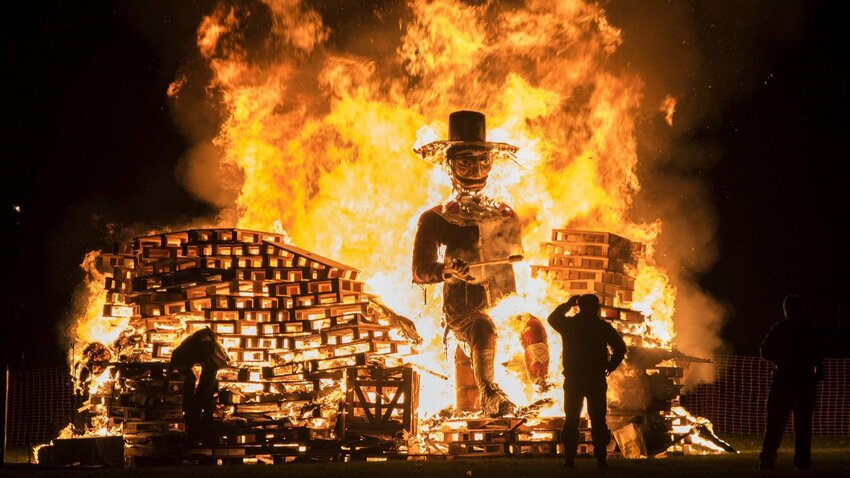
Traditionally in England, Halloween paled into significance compared to the more popular Bonfire Night. November 5th marks the anniversary of the 1605 Gunpowder Plot, a protest against the persecution of Roman Catholics by the authorities. Led by Robert Catesby, a group of traitors including Guy Fawkes plotted to blow up Parliament in the hope of bringing down the government, and they almost pulled it off. To mark their defeat, we light bonfires and an effigy of Guy Fawkes is burned. All over the country, crowds gather to watch fireworks displays; residents of Ottery St. Mary in Devon even take it one step further, and carry barrels of burning tar through the streets.
Top photo by Jaromir Chalabala

